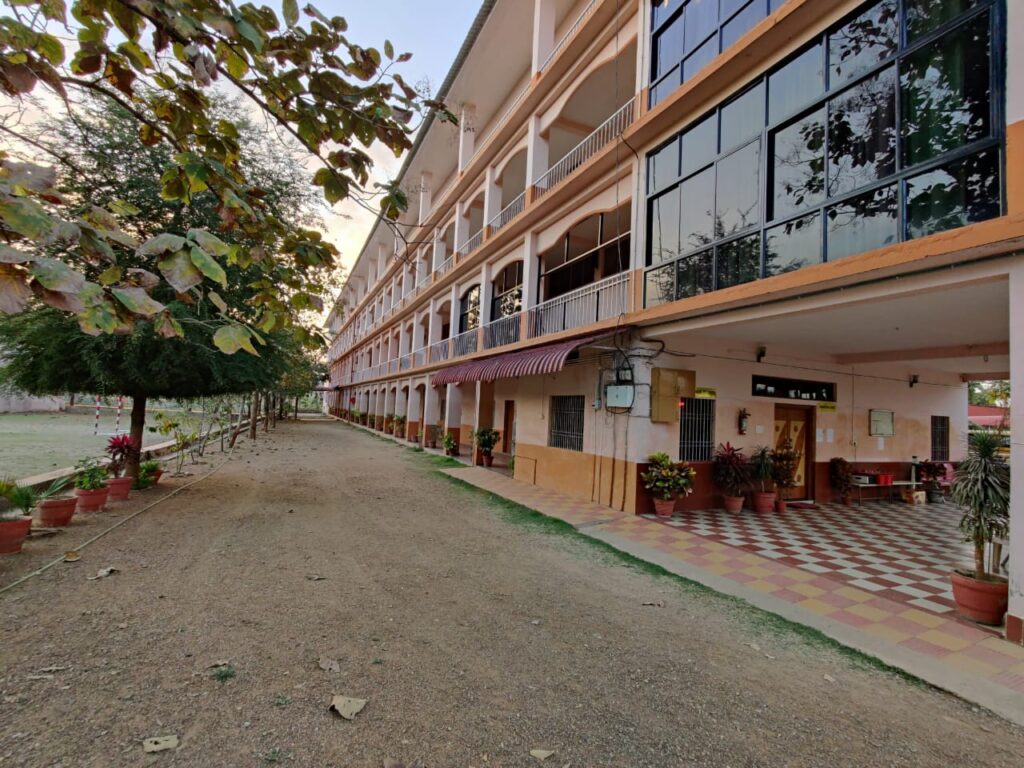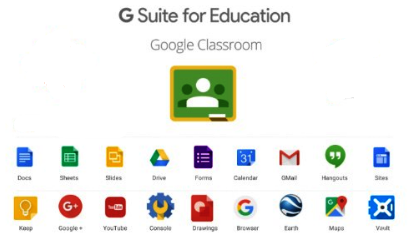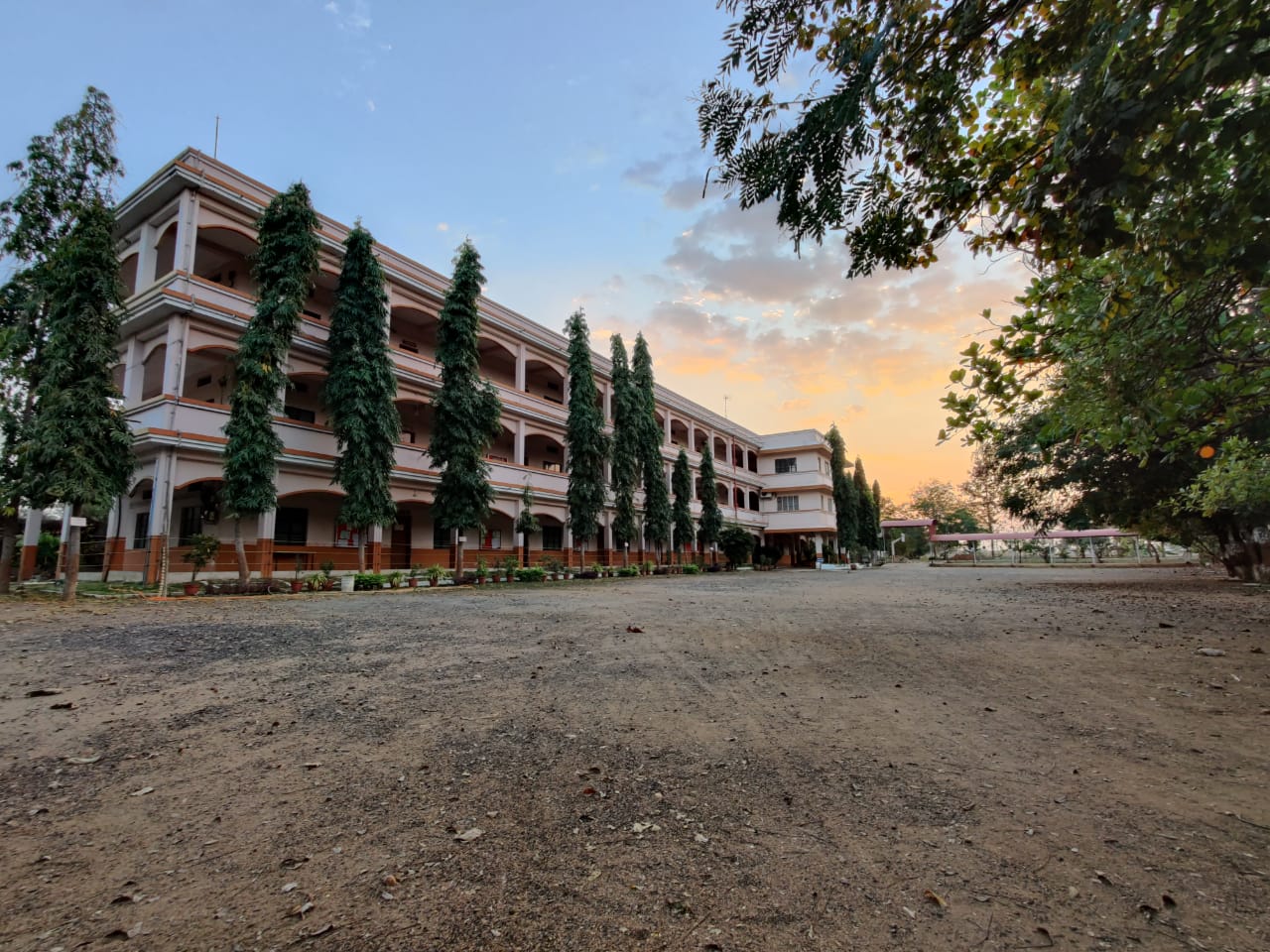The highly uncertain nature of the COVID-19 pandemic was frustrating for many private schools across the country. Across the country, over 1,000 budget private schools were put up for sale given the often unsustainable demands they were subjected to by various stakeholders.
Because of the sudden economic slowdown, parents were unable to pay school fees—the chief income source for private schools. Usually, private school managements employ various methods to coerce parents to cooperate with payment in such situations. However, the ambiguous statements by various state governments that private schools should not demand that fees be paid were interpreted in various ways. Some parents believed that since schools were not functioning they were exempt from paying any fees. Others believed that considering classroom transactions are non-existent a certain amount of the fees would be waived off.
While such sentiments seem fair for parents, they do not take into account the gamut of services a school provides. Schools—as organisations of learning—continued to discharge their duties during the pandemic by ensuring the continuity of the academic life cycle of students. To do that, schools had to shift to online classes, retain their teachers, and train themselves to adapt to online pedagogy—all the while without receiving the quantum of fees necessary to do so.
Each stage of this transition was challenging to overcome not only because of the unprecedented economic conditions brought about by the pandemic, but also because of the failure of the 2012 National Policy on Information Technology (NPIT). The policy lays down guidelines regarding the usage of technology in the field of education, the nature of resources to be used, and the necessary teacher training required for the same. Additionally, it expands upon how the government plans on establishing an online architecture across schools in the country. Yet, government schools faced poor preparedness when it came to the availability of online infrastructure, teacher training in online learning, and the lack of online resource materials—all of which were greatly emphasised as necessities in the policy.
Given the assumptions of quality in the private schooling sector, the situation of schools owned by private societies could be better.
Yet, many private schools shut down—in part due to unpaid fees—leaving students stranded in their academic life cycles. In private schools that sustained operations the economic and technological problems are various. This was especially the case in a private school in Maharashtra, where I was required to successfully deploy an online learning architecture in the span of three weeks. This low-income private school catered to over 1,700 students and employed a staff of 90—over six months the institutional funds crunch revealed the dehumanising experiences of this workforce while teaching and administrating without pay during a pandemic. As we near the one year anniversary of the first lockdown, revisiting this technological and pedagogical transition can help pave clearer pathways for future policy action.

Entering the Deep, Dark, Tunnel of Online Learning
From the beginning of the lockdown until July, the school tried using social media platforms like WhatsApp, Facebook, and Messenger, among others, to teach students. These applications had their advantages—considering almost all students and parents used them, they were a good medium to connect and share resources.
However, the disadvantages of teaching on these platforms were often traumatising for all stakeholders involved. The first issue was that of access—because not every child had a personal device, they borrowed them from their parents or siblings. This made scheduling classes for teachers difficult and they often found themselves teaching at odd hours. As Rekha Ma’am*, a Science teacher for Grades 6 and 7 recalls, “I had just finished having dinner and a student of mine called. She told me she’d gotten the phone from her parent only just then. What can I do, I can’t say I will call her tomorrow. What if she is only available at the same time tomorrow?” And so, in this school, the average working hours of teachers spanned 8-10 hours even on a Sunday.
The other issue was the lack of privacy the teacher had. Considering classes were being conducted on WhatsApp and Messenger, students used their parent’s or sibling’s accounts to log-in. Teachers reported that parents or siblings sometimes sat through the classes, observing and commenting as the teacher taught, affecting the continuity of the learning process. At times comments were directed at the teacher’s attire or teaching methods she chose to employ which demotivated some. This was especially the case for experienced teachers, who found it more difficult to deal with this significant shift from earlier pedagogies.
Some teachers didn’t get mobile network in their homes and resorted to teaching students from their terraces in the scorching summer heat.
Additionally, through online classes, the teachers were also opening up their private spaces and homes for students to see. Students, parents, and other adults talked about their beliefs, standards of living, and anything that they found interesting about teachers’ homes in public chatrooms. Ranjini* ma’am, a Grade 7 English teacher recollects that when she was “at the market the other day, I could hear people jeering at me, saying ‘Oh, she is that teacher. She looks okay in real life, maybe she is not photogenic [on video camera while taking class].”
To solve this issue of unwanted individuals attending classes and creating disturbances a new intervention was introduced in July. The school planned to set up a high-speed Internet connection and introduce Google Suite (or G Suite) to its teachers and students. G Suite is a platform by Google that allows organisations to create an exclusive communications web that can be regulated and moulded to suit their needs—making it an ideal network to use during online teaching.
Making the Tunnel Habitable
Setting up G Suite was only a secondary task—first, an inexperienced administration had to contend with the laborious and expensive process of setting up an Internet connection on its premises for teachers to use.
The small town in Maharashtra where the school was located received broadband connections from BSNL, Airtel, and a local provider called UCN. The school’s first preference was BSNL, which provided a dedicated fibernet option with speeds of up to 100mbps. However, the school management was informed that BSNL had stopped the service as there weren’t many subscribers for their Internet programs in the town. Airtel was available but at a much higher cost—however, since only one person was in charge of district operations, limited maintenance service was on the cards and it was discarded as an option.
The school was left with UCN—although slightly more expensive than BSNL, it provided various service options compared to Airtel. Once the service provider was decided, came the process of deciding which pack to purchase.
After conducting a situational analysis—which included understanding the number of classes to be conducted, the number of students in each, and their duration—technicians calculated that approximately 100mbps of data speed was required so that systems didn’t slow down. And yet, the hardware available to the school was old—it did not have the capacity of handling 100mbps data speeds, but only 80mbps.

After recalculating, the school management decided to conduct classes in sessions—that is, in the mornings and afternoons—just to manage the data handling capacities of their hardware. Teachers with scheduled meetings would teach in the morning, whereas the other half taught in the afternoon—this was aside from the extra calls they’d get from students after hours.
Secondly, and perhaps more importantly, availing a G Suite subscription was a long-drawn process. The academic account has to be mandatorily linked to the ERNET system, which provides a specific URL for a school that ends with ‘edu.in’. Apart from this, the account’s DSL records have to be edited and added, along with SSL and affiliation certificates and data on the school’s staff and students. A 15-day waiting period was endured before Google verified the details and created the account.
After all of this planning and expenditure—in the absence of much income—a new inning of online classes started at the school by mid-July.
Sustaining the New Digital Habitat
The G Suite and broadband connection solved earlier issues of privacy, and to some extent, reduced the untimely phone calls teachers received since it provided shared learning resources around the clock. However, this new digital habitat posed new problems too, which were more to do with the quality of learning.
For example, the school opted to conduct exams through Google forms—however, the multiple-choice questions limited the creativity of student’s answers. On the other hand, Shifting to short descriptive answers, or long ones for that matter, posed assessment difficulties for the teacher. Many teachers were frustrated as they had no prior training on how to grade such answers online. Earlier, each student’s answer sheet was corrected individually. Now, all the answers were presented in a single Excel sheet against each child’s name. Teachers found it tedious to give feedback on each answer written in each cell.
Maintaining attendance records was another issue faced. The management roped in external organisations to train teachers in the attendance-taking process. These sessions also introduced various online tools that would help teachers conduct interactive classes since it was also found that teaching in online classrooms was monotonous. Blended learning models were introduced where students could access pre-recorded classes and have discussions in classrooms.
Yet, some parents still did not consider these methods to be ‘Indian’ enough—they argued that ‘Western’ teaching methods would not work with Indian students and that teachers are required to instruct students in their classrooms even during the pandemic.
Anita ma’am, a Grade 10th Science teacher points out the inconsistencies of thinking this way. “We are risking our lives by coming to school during the lockdown to conduct an online class. This so that their children can pass their boards, and yet their demand is that if students are not coming to school then they will not pay fees. This is the best we can do considering the situation outside. They are undervaluing our commitment by not paying the fees, which make up our salaries. With all of this in our hearts, we still have to teach these students, this is mental torture.”
This was the case across the country—while examples of predatory private schools abound, many worked double-time to offer online learning solutions. Even for the latter, as is seen in this case, parents believed that the online medium was not rigorous enough and that if online classes were to continue, school fees should be reduced.
Bengaluru: Private school staff carry out massive rally to protest Karnataka govt decision to slash tuition fees by 30%
NDTV’s Shonakshi Chakravarty reports pic.twitter.com/8OqeWUOOxN
— NDTV (@ndtv) February 23, 2021
The silence from state governments added fuel to the fire and parents conducted strikes in front of education departments across the country, including in Maharashtra. This led to multiple enquires from state education departments towards different private schools. Yet, even after data was provided by the latter suggesting the kind of reforms the school has brought about, and how they continue to provide education, parents were adamant about reducing the fees.
This political churn resulted in less incoming fees which only depleted many school’s funds further, given that a significant quantum was directed towards introducing technology in school. Some were forced to cut teacher and staff salaries from August to make ends meet.
Similar events unfolded in the private school I was stationed at in Maharashtra. The impacts were adverse—teachers were demotivated and unsure of their work status, with some even approaching the Principal to ask about their future prospects at the school. The Principal was forced to negotiate with each teacher regarding their remuneration—each teacher came from different family background and needed to be handled separately. In some cases, the Principal went out of their way to support teachers financially.
And so, between August and December, the school functioned without any fees, and only with the support of the teachers who remained loyal to the social cause of the institution. This was in spite of the fact that some teachers were now the sole breadwinners in their own homes, as their spouses were rendered unemployed by the pandemic. As a result, home environments became increasingly toxic, as their spouses disapproved of their extra work hours for reduced pay. This increased the stress levels at home and some teachers even volunteered to spend more time at school, without pay, just to avoid their houses.
The Light at the End of the Tunnel
Presently, the situation for private schools has reached a somewhat sustainable state after the Supreme Court ruled on February 8 of this year that parents would have to pay the entire school fees incurred during the pandemic—this can be done through instalments too. In the school I worked at in Maharashtra, the salary cuts have been waived now that the school management has started receiving some fees. Pedagogical plans and teaching methods have been revised to accommodate various issues raised during multiple parent-teacher meetings. School management and teachers continue to explain online tools and applications to the uninitiated.
Earlier teachers used the help of their peers and other younger capable students to carry out their online classes. After the experience of over a year of teaching during COVID-19, teachers are now capable of conducting online classes better. Their confidence levels have increased now that they are better equipped at handling technology—an outcome that should have been achieved years ago under the NPIT Policy, and not out of necessity during a pandemic. Strengthening the adoption of technology now, instead of later, can help various teachers and administrators avoid the deprecating task of adapting to technology when low on funds in the future.
*Names changed. | The school and its teachers have been anonymised to protect identity. | Featured image: the school’s premises, by Roshan Samuel.






